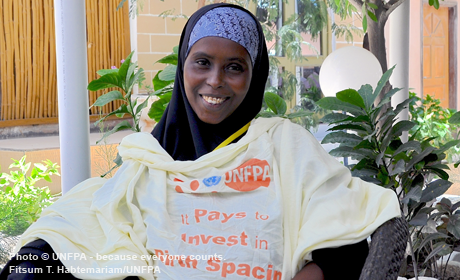Key humanitarian results 2022

UNFPA-assisted safe deliveries

Total people reached with all types of GBV services

Total women reached with all types of SRH services

Number of people reached with SRH/GBV information and awareness activities

Number of people reached with Humanitarian Cash & Voucher Assistance

Dignity Kits distributed

Number of safe spaces

Number of adolescent and youth-friendly spaces supported by UNFPA

Number of health facilities that provide specialized GBV services (including Clinical Management of Rape), supported by UNFPA

Personnel trained on clinical management of rape

Personnel trained on Minimum Initial Package (MISP)

